Industry information
Company News
- Carved aluminum veneer: a new chapter in the beauty of architecture with unique craftsmanship
- Punched aluminum veneer: a fashionable choice for modern architecture, revealing its charm!
- The fashion comeback of aluminum veneer: a journey of transformation from tradition to modernity
- Carved aluminum veneer: a new chapter in architectural aesthetics
- Punched aluminum veneer, the new favorite for creating fashionable spaces
Industry dynamics
- Customize aluminum veneer to create an exclusive personalized space
- Fluorocarbon aluminum veneer: the "face saving" project of modern architecture
- Corrosion resistance of imitation wood grain aluminum veneer
- Aluminum veneer customization, creating a new trend of personalized space
- Fluorocarbon aluminum veneer: a modern interpretation of architectural aesthetics
Frequently asked questions
- How to identify the quality of aluminum veneer?
- How to improve the insulation performance of aluminum veneer?
- How to improve the fire resistance of aluminum veneer?
- How to determine the quantity and size of customized aluminum veneer?
- How to store and transport aluminum veneer?
contact us
Mobile:+86 15627778610
Email: 2201229786
Address: No. 5 Binjiang Road, High tech Zone, Zhaoqing City, Guangdong Province
Manufacturing process and process flow of roller coated ceiling aluminum veneer
- Author: Lesilong Technology (Guangdong) Co., Ltd
- Release time: February 26, 2025 14:53:09
- Click:0

Roller coated ceilingAluminum veneerIt is a new type of building material that uses roller coating technology for surface treatment, and has the characteristics of smoothness, uniformity, and bright colors. What is the production process and workflow of roller coated ceiling aluminum veneer? Let's now provide a detailed introduction.
1、 Raw material preparation
The production of roller coated ceiling aluminum veneer requires the use of raw materials such as aluminum alloy sheets and fluorocarbon paint. Before production, strict screening and testing of raw materials are required to ensure that they meet national standards and product quality requirements.
2、 Cutting and processing
Process the aluminum alloy sheet according to the design requirements to obtain the required size and shape. This step requires attention to ensuring cutting accuracy and edge smoothness to avoid affecting the subsequent roller coating process.
3、 Surface treatment
Surface treatment of aluminum alloy sheet after cutting, including removal of impurities such as oxide layer, oil stains, dust, etc. This step is very important because if surface treatment is not carried out, it will affect the adhesion and durability of the coating.
4、 Preparation before rolling coating
Before rolling coating, it is necessary to clean and dry the aluminum alloy sheet to ensure the quality of the coating. It is also necessary to adjust the pressure and speed of the rollers to obtain a uniform and smooth coating.
5、 Roll coating treatment
Place the aluminum alloy sheet on the roller and evenly cover the coating on the aluminum veneer through the pressure of the roller. During the rolling coating process, it is necessary to pay attention to controlling the thickness and uniformity of the coating to ensure the quality of the coating. Attention should also be paid to factors such as viscosity and temperature of the coating to ensure its adhesion and durability.
6、 Drying treatment
After the rolling coating is completed, the aluminum veneer needs to be dried. The purpose of drying is to evaporate excess moisture to prevent problems such as blistering and cracking of the coating. Generally speaking, the drying temperature is around 40 ° C and the time is about 24 hours. During the drying process, it is also necessary to pay attention to factors such as ventilation and humidity to ensure the drying effect.
7、 Spray treatment (optional)
For some aluminum veneers with special requirements, spraying treatment is also required. Spraying is a process of applying fluorocarbon paint and other coatings onto the surface of aluminum veneer. The advantages of spraying are bright colors, high glossiness, and strong wear resistance. However, the spraying process is also quite complex and requires a certain level of technical expertise and experience.
8、 Post processing (optional)
Aluminum veneer can also be subjected to post-treatment, including polishing, cleaning, inspection, and other processes. This step can further improve the surface quality and service life of aluminum veneer.
The production process and workflow of roller coated ceiling aluminum veneer are very complex and require multiple steps to complete. Only by strictly following the process flow can we ensure that the quality and performance of the product reach the best state. In the future, with the development of technology and continuous improvement of production processes, it is believed that roller coated ceiling aluminum veneer will have a wider range of application prospects.

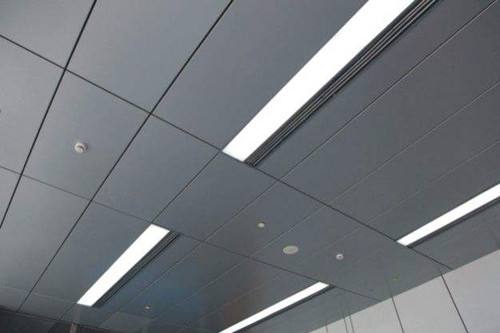
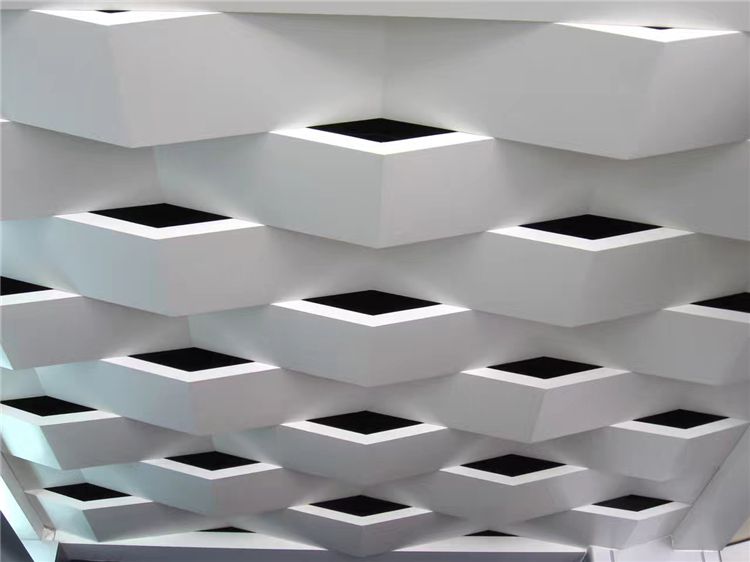
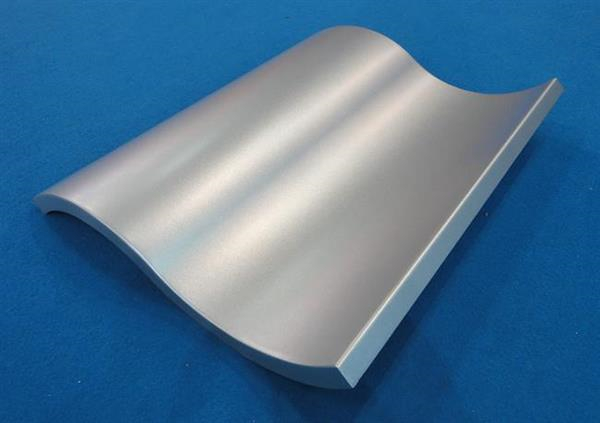
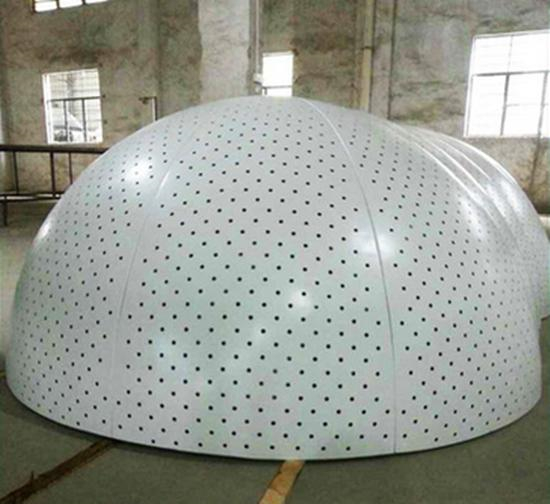
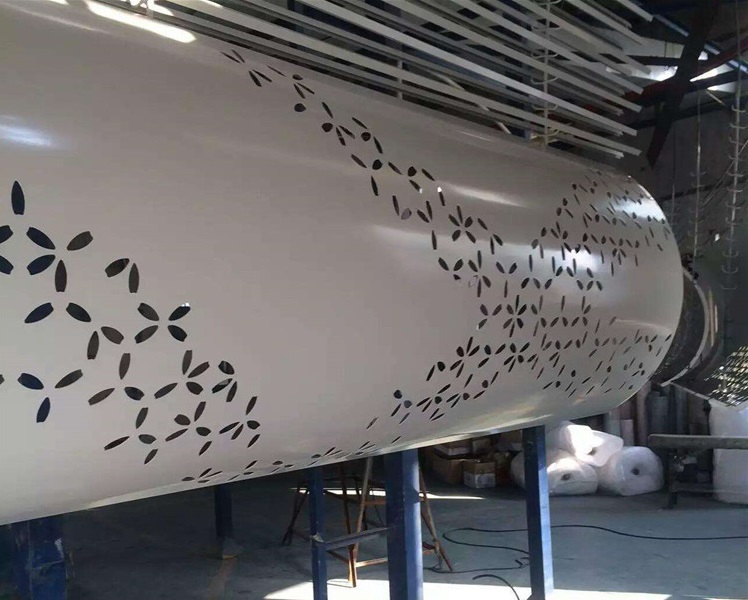
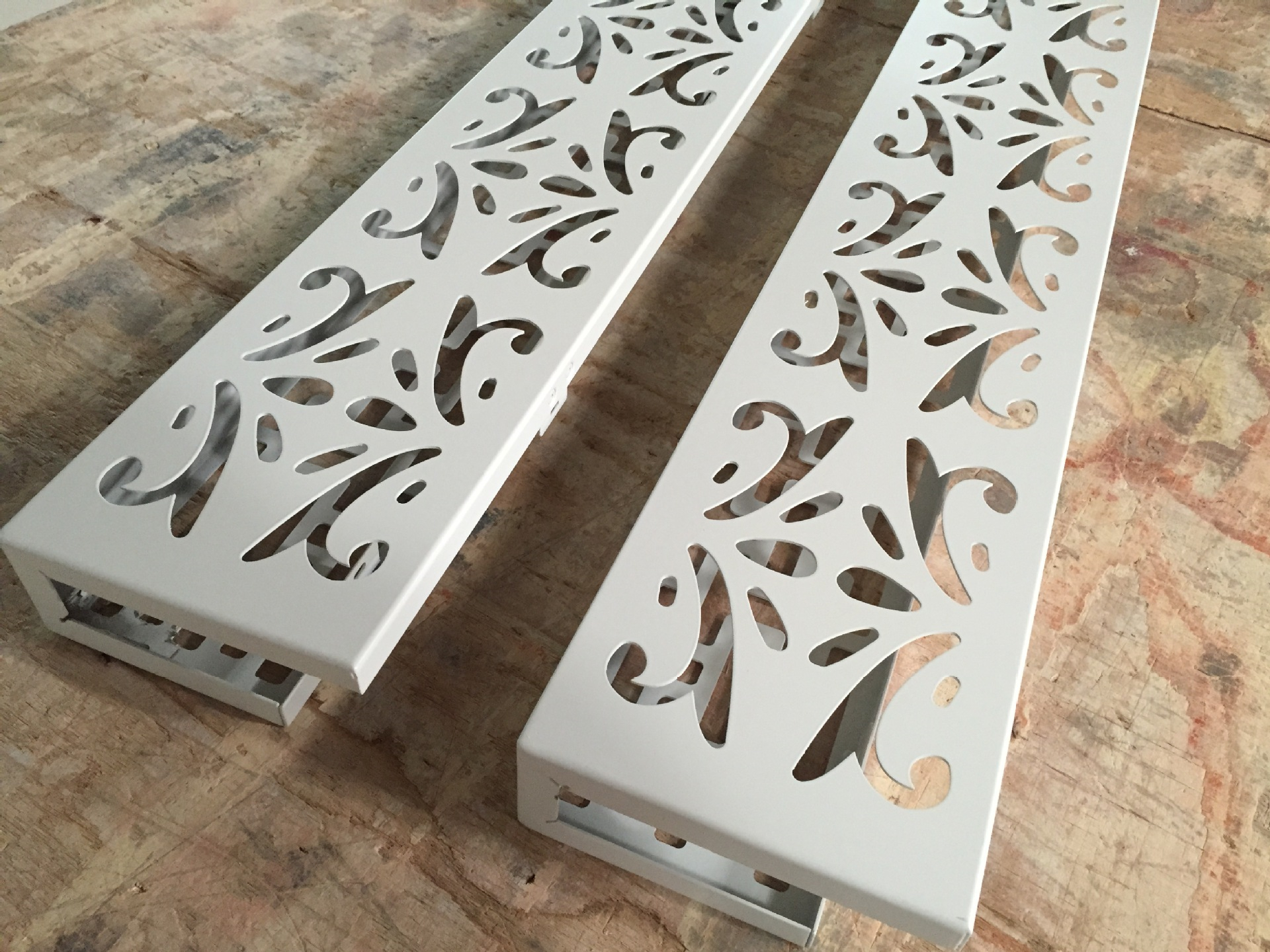
 Customer service QQ
Customer service QQ